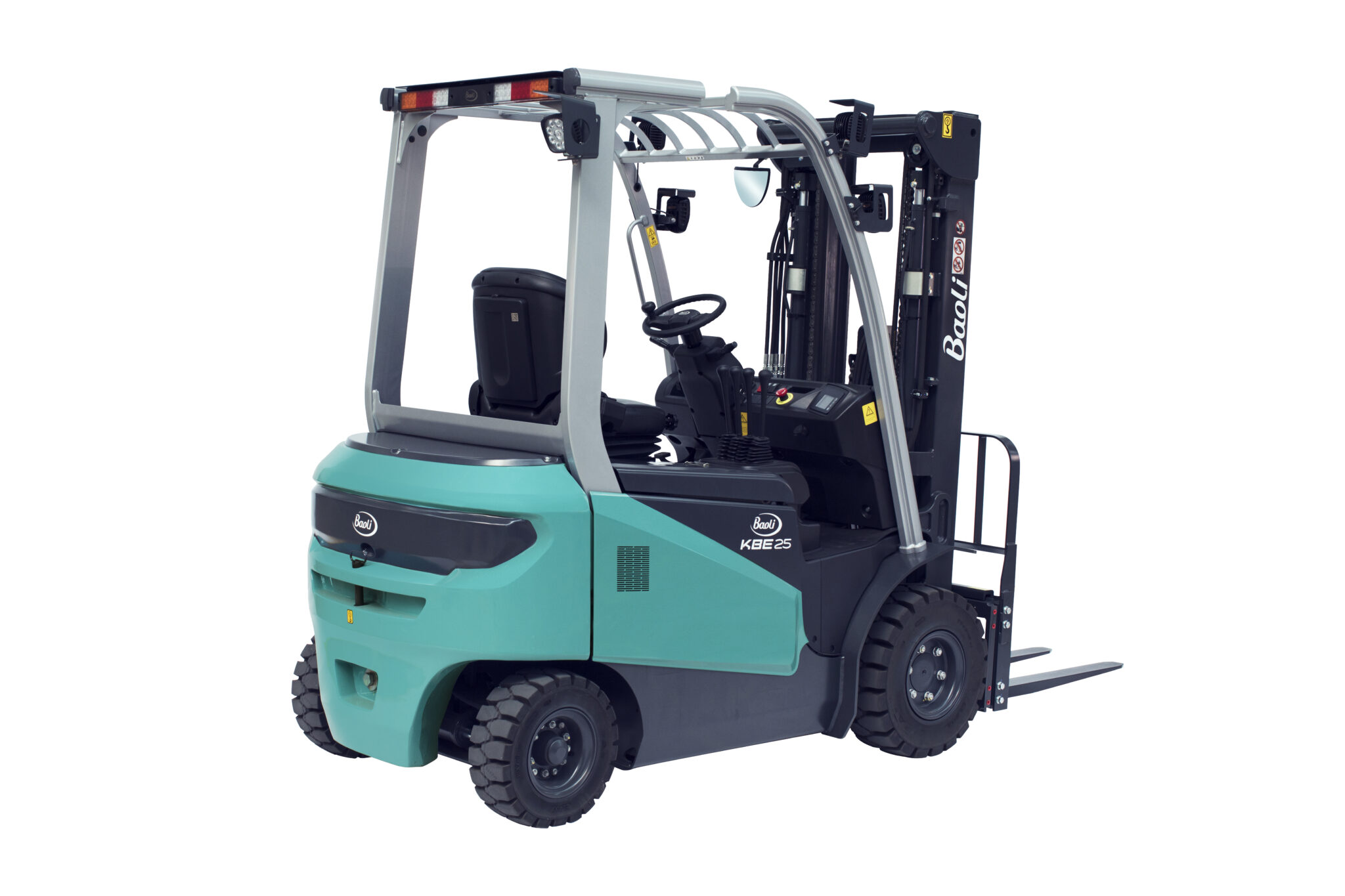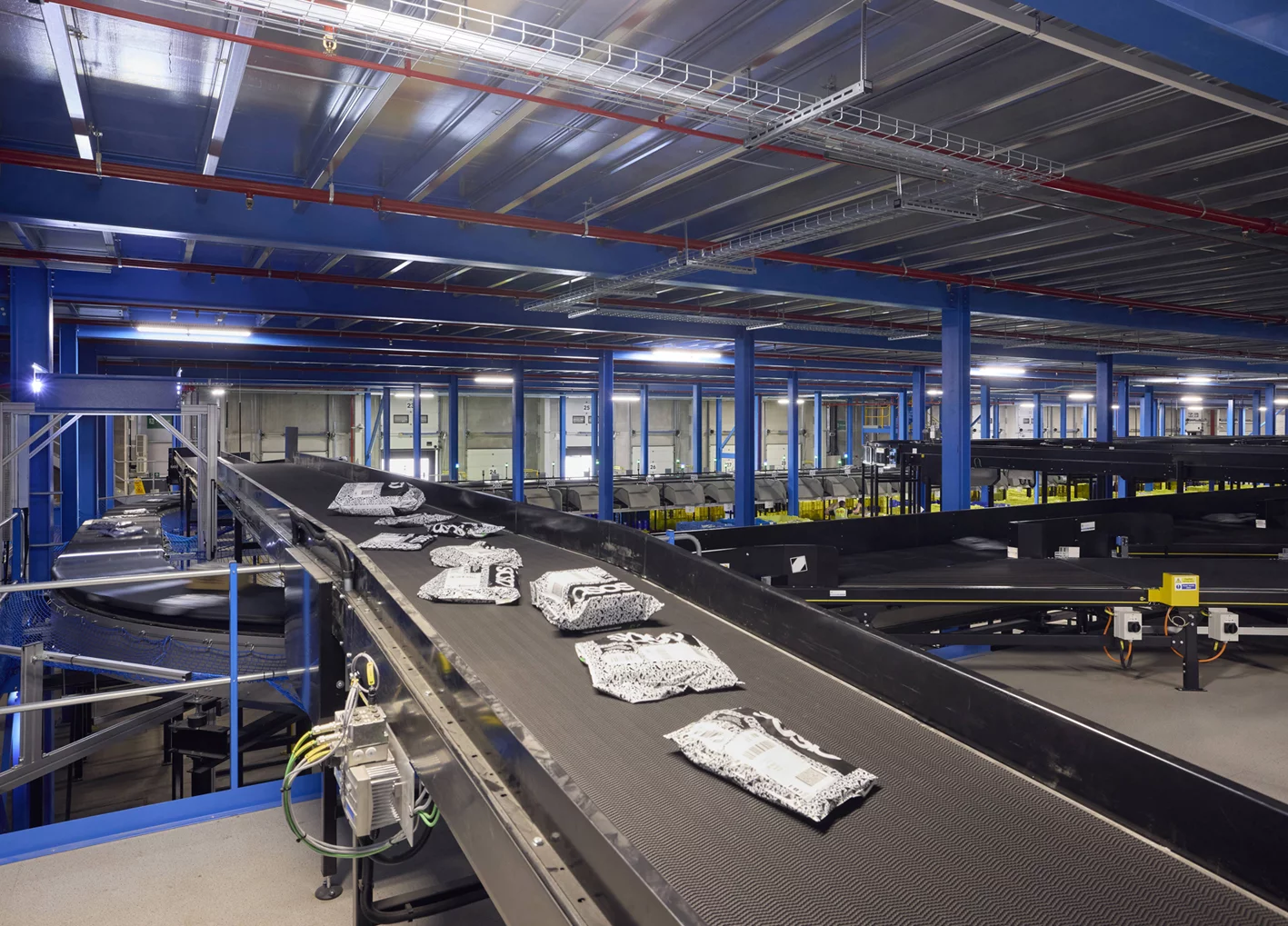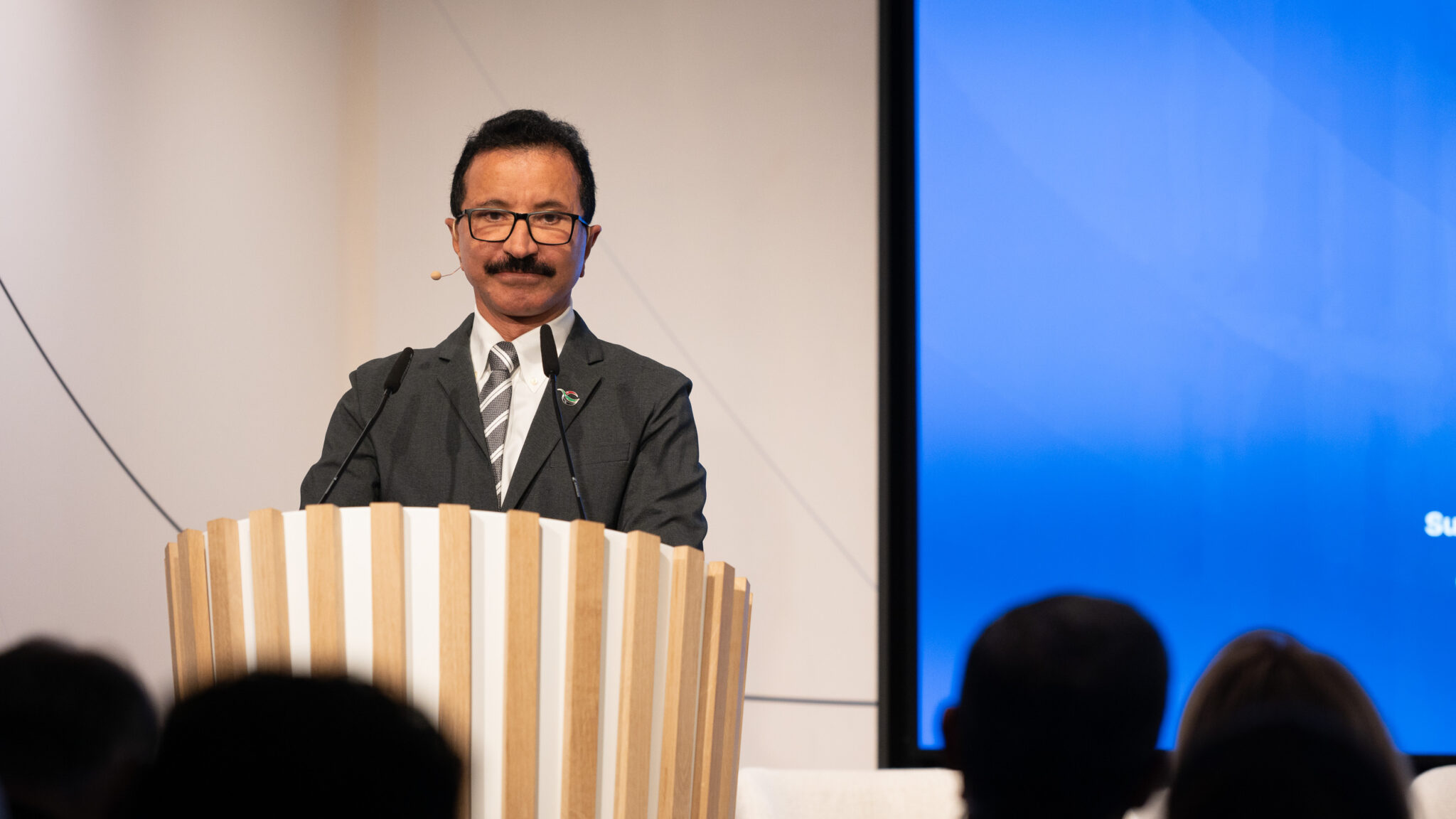Baoli, the forklift manufacturer that is part of the KION Group, is launching a newly developed electric forklift series across Europe, the Middle East and Africa. The new trucks are cost-effective models designed for operation with lift capacities from 2.5 tons to 3.5 tons.
Electric forklifts are more environmental friendly compared to internal combustion solutions and therefore gain importance. To protect the environment and operator, Baoli is now launching a completely redesigned electric counterbalance truck family. The KBE 25-30-35 models have a load capacity of 2.5 t, 3.0 t and 3.5 t respectively. “This new generation of Baoli electric trucks aims at only one thing: Exceeding customer expectations! In terms of quality and reliability we are offering our customers a new reference in our market segment with the right level of performance at an affordable price. With the new KBE family we address all material handling standard applications,” says Francesco Pampuri, Director Brand Marketing & Management.
Robust, safe trucks for a wide range of applications
This new generation has been developed for suit almost all industries – from retail to manufacturing, from indoor to outdoor operations. The new machines draw their power from 80 V lead-acid batteries with a capacity of 360-450 Ah for the 2.5 t models and 500-600 Ah for the 3.0 t and 3.5 t models. Maintenance-free Li-Ion batteries will become available. “The solid workmanship of our machines ensures very long and smooth operation for our customers, whose safety is always our top priority,” Pampuri continues.
State-of-the-art production facility
The new KBE family is manufactured at the new production plant in Jinan (Shandong province), the fifth Chinese production site of the Frankfurt-based KION Group. The dimensions underline the growth aspirations KION has for the Baoli brand: the manufacturing area covers nearly 223,000 square meters – the equivalent of over 31 football fields. The new factory meets the highest manufacturing and quality standards and will allow Baoli to upgrade its range of forklifts for the entry-level segment to a completely new technological level.
Range of equipment
The KBE trucks come with a large number of technical features that make them reliable, safe and easy to operate. For example, the newly designed mast, which is up to 6,500 millimeters high, gives operators an excellent view of the load and its surroundings. It also features the “soft landing” safety function which reduces the lowering speed when the lift height is less than 100 millimeters. The new series features the latest-generation KION control unit, high quality electric motors and hydraulic components as well as the easy to read display. A driving program allows the operator to choose between economical, efficient or performance-oriented operation. Newly developed diagnostic tools can be operated via an app on any standard smartphone further increase the ease of operations.
BAOLI did not only focus on making the new electric trucks reliable and safe but also put an emphasis on driver comfort. For example, the spacious and comfortable driver’s seat offers operators a perfect all-round view through the standard overhead guard. Baoli is offering the truck with half or full cabins as well as retrofittable cabin kits if needed at a later time.
Excellent services
“Because we know what our customers really need, we make the decision very easy for them with the new KBE family because we offer simple, safe, yet very robust trucks without unnecessary extras. With easy-to-configurate and simple offer design and uncomplicated order processing, we also ensure a very high level of customer satisfaction,” Pampuri says. Baoli makes their forklifts available from stock out of their Italy-based distribution center in order to increase the flexibility of customers.




